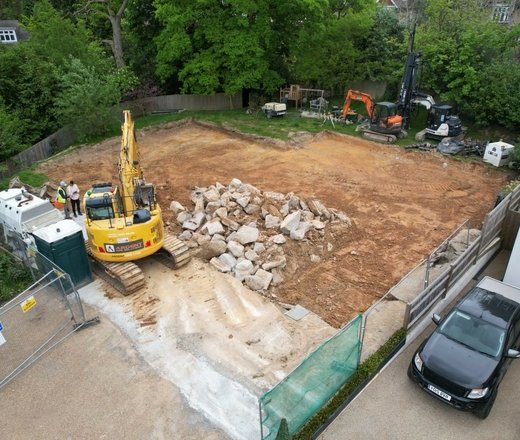There are plenty of factors to take into account if you want to become a successful buy-to-let landlord, but one that often gets overlooked is tax efficiency. Putting a few tax-saving strategies into place may not be quite as glamorous as hunting down the perfect property, but when it comes to saving money it can make a huge difference to your bottom line.
James Richards, Partner at Maddisons Residential, in collaboration with TN accountancy, outlines what you might need to look out for.
Investment into property to generate income has grown in popularity over the years with some even making a business out of it while others use it as a stream of pension income. Not only is it important to choose a good property to invest in but there are also a number of tax pitfalls to watch out for…
Capital Gains Tax
As a buy-to-let landlord, you'll be liable for Capital Gains Tax (CGT) when you come to sell if the rental property has increased in value during your period of ownership. If you're thinking of selling up, you need to understand CGT and how much your final bill is likely to be. It only applies when you sell a property that is not your primary residence, and the rates vary depending on your tax band.
The rules have recently changed regarding reporting and paying CGT. For property sold from 27th October 2021, the correct tax needs to be calculated, notified, and paid to HMRC within 60 days of completion. Do not wait until the next tax year to report gains on UK residential property as you may have to pay interest and a penalty if you do.
Stamp Duty Land Tax
You must pay Stamp Duty Land Tax (SDLT) if you buy a property over a certain price in England and Northern Ireland. How much you pay depends on whether the land or property is for residential use or non-residential or mixed-use. If you’re buying a residential property, there are different rates of SDLT if:
- you’re a first-time buyer
- you already own a property and you’re buying an additional property
- you’re not a UK resident
You can use HMRC Stamp Duty Land Tax calculator to work out how much tax you’ll pay. You may be able to reduce the amount of tax you pay by claiming relief, such as if you’re a first-time buyer or purchasing more than one property (‘multiple dwellings’).
Think about tax brackets
One of the key changes in recent years has been the withdrawal of higher rate tax relief for mortgage interest paid on a residential property (commercial property, furnished holiday lets and properties held within a company are exempt). This can push your total income into the higher or additional rate tax brackets depending on your income from other sources – for example, your salary or pension.
Inheritance Tax
If a landlord dies or makes a gift, their assets may be subject to Inheritance Tax, which is chargeable at 40% above a certain value. Substantial tax savings can be achieved by planning property tax well in advance of the death, we work closely with TN accountancy in such cases.
Overseas landlords
A landlord who lives abroad for more than six months of the year must pay tax on any income they get from renting out property in the UK. HMRC imposes an obligation on the letting agent to withhold income tax at 20% unless the landlord has registered for tax in the UK and has applied to HMRC to be paid without deduction of tax.
With the right professional advice, you can capitalize on some of the tax planning opportunities available to private landlords to ensure you maximise your net profit. We advise that you speak with your tax representative to receive the correct advice for your personal circumstances as this article highlights general areas of property tax to be aware of.
If you are hoping to purchase a property for buy-to-let or are a landlord looking for tenants, please don’t hesitate to contact one of our friendly lettings team.
Market your property with Maddisons Residential
For many, the first point in their house moving journey, is to understand the value of their current home. Whether you want a quick, instant, online indication, or a more robust property specific and individual valuation, we would be delighted to help.





